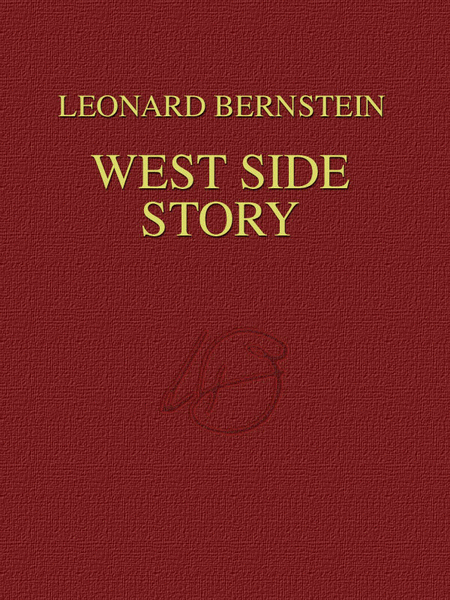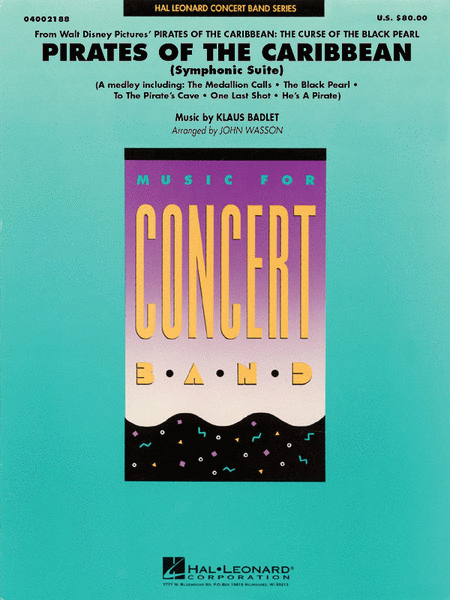Sie werden euch in den Bann tun (They will put you
under banishment), BWV 183, is a church cantata by
Johann Sebastian Bach. He composed it in Leipzig for
Exaudi, the Sunday after Ascension, and first performed
it on 13 May 1725.
Bach wrote the cantata in his second year in Leipzig
for the Sunday Exaudi, the Sunday after Ascension, and
first performed it on 13 May 1725. The prescribed
readings for the feast day were from the First Epistle
of Peter, "serve each other" (1 Peter 4:8--11),...(+)
Sie werden euch in den Bann tun (They will put you
under banishment), BWV 183, is a church cantata by
Johann Sebastian Bach. He composed it in Leipzig for
Exaudi, the Sunday after Ascension, and first performed
it on 13 May 1725.
Bach wrote the cantata in his second year in Leipzig
for the Sunday Exaudi, the Sunday after Ascension, and
first performed it on 13 May 1725. The prescribed
readings for the feast day were from the First Epistle
of Peter, "serve each other" (1 Peter 4:8--11), and
from the second Farewell discourse in the Gospel of
John, the promise of the Paraclete, the "Spirit of
Truth", and the announcement of prosecution (John
15:26--16:4).
In his second year Bach had composed a second annual
cycle of chorale cantatas between the first Sunday
after Trinity and Palm Sunday, but for Easter had
returned to cantatas on more varied texts. Nine of the
cantatas for the period between Easter and Pentecost
are based on texts of Christiana Mariana von Ziegler,
including this cantata. Bach later assigned it to his
third annual cycle. The poetess begins the cantata with
the same quotation from the gospel as an unknown poet
one year earlier in Sie werden euch in den Bann tun,
BWV 44, the announcement of prosecution "They will put
you under banishment, but the time will come, when,
whoever kills you will think that he does God a service
by it" (John 16:2). She continues stressing the lack of
fear possible for a follower who relies on "Jesu
Schutzarm" (the protective arm of Jesus). In movements
3 and 4 she refers to the beginning of the gospel, the
spirit who will assist. The closing chorale is the
fifth stanza of Paul Gerhardt's Zeuch ein zu deinen
Toren. Ziegler's text differs again from the printed
version, but less than in the preceding cantatas such
as Auf Christi Himmelfahrt allein, BWV 128.
The first movement is given to the bass as the vox
Christi (voice of Christ). A year earlier, Bach had
rendered the announcement of Jesus in a two-part
movement, a duet followed by an agitated chorus. In
this cantata, he set it as a recitative of only five
measures. He experimented with the instrumentation,
having long chords of the four oboes, two oboi da
caccia and two oboi d'amore, accompany the voice on a
pedal point of the continuo, creating a "sepulchral"
sound. Musicologist Christoph Wolff notes that this
"opulent oboe scoring is used only in the two
recitatives" (1 and 3). In the first aria, denying the
fear of the threatening death, the violoncello piccolo
plays continuous runs. Movement 3 is again a recitativo
accompagnato, even more complex than the first one: the
strings play long chords, whereas all the oboes repeat
the same four-note motif throughout the movement, sung
by the alto on the words "Ich bin bereit" (I am ready).
The second aria is accompanied by the strings and the
two oboi da caccia in unison as obbligato instruments,
thus both arias are dominated by instruments in the
lower range. The cantata is closed by a four part
chorale on the tune Helft mir Gotts Güte preisen.
Although this Cantata was originally scored for four
oboes (two oboes d'amore, two oboes da caccia) and a
violoncello piccolo—in addition to four vocal
soloists (soprano, alto, tenor and bass), a four-part
choir only in the closing chorale, two violins, viola
and continuo, I created this arrangement for English
Horn, Oboe & Strings (2 Violins, Viola & Cello).










